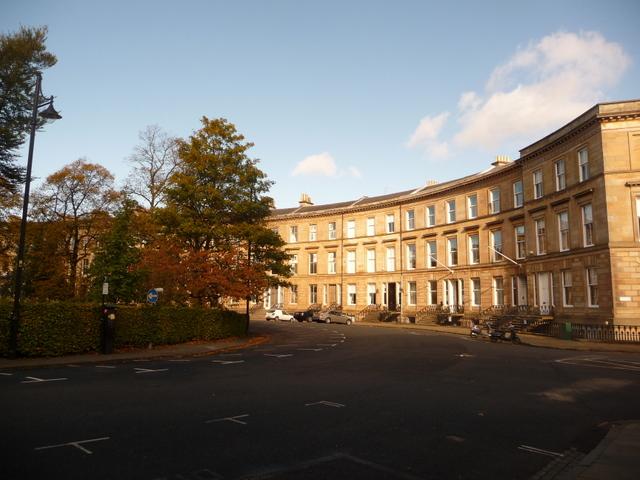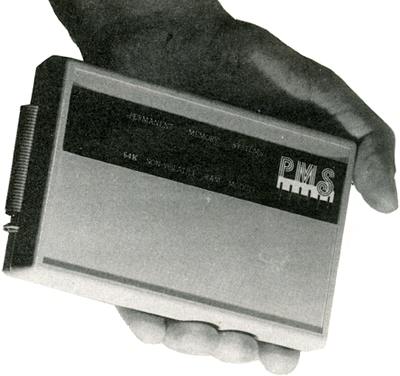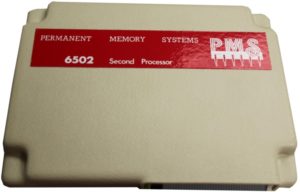I have split this into two parts because part 2 is current and deserves a separate section. Part 1 is my work history from 1976 to 2006.
My first real job after graduation was as a ‘Computer Programmer’, the equivalent of Software Developer now. I was employed by Greater Glasgow Health Board whose computer department was in an impressive building in Park Circus, Glasgow.

More details
The computer was in the basement. It was an ICL 1900 computer and used punch cards and tapes. It was where the payroll was managed.
We wrote in COBOL, which was a very long-winded language! It is seen as obsolete now – however, even today COBOL is still behind many legacy business and financial applications running on mainframes.
I also used Filetab (later FTL6) – an amazing fast and concise language which used decision tables to output result sets. I became known as the Filetab Queen because no-one else liked it, so all requests for data information were thrown my way because they could get the results sometimes even the same day! Bear in mind this was the 70’s and it would normally take weeks or months to write a simple program in COBOL and get results. It’s probably equivalent to running a SQL query to output a result set – now possible in seconds.
How it started
When I was at school I was lucky enough to be part of a small group of pupils in fourth year that got to go to the Education Department Computer Centre in Glasgow to learn about programming. Our maths teacher took us once a week and I loved it! I found it fascinating. We wrote our programs on paper, they were typed onto punch cards and we got the compilation the following week.
I studied Computing at Glasgow University but only as part of the Statistics degree.
After graduating from Glasgow I was persuaded to do a post graduate diploma in accountancy. Accountancy was a safe and well paid career so it looked like a reasonable choice. However, I soon discovered it was not for me. It was so boring that I could not see myself doing this for the rest of my life. I found there were jobs advertised for Computer Programmers so I started applying.
In 1979 I gave up work to become a full time mum when my first son, David, was born. In 1981 my second son, Richard, was born. In 1982 we moved to East Kilbride where Gordon had been teaching at Duncanrig Secondary School since 1976.

In 1984 Gordon and a very smart pupil called Brian Wyld invented a 64K non-volatile RAM module for the BBC Micro computer.
If you’re interested you can read an article about it here.
They decided to set up a company to manufacture and sell this and traded under the name of Permanent Memory Systems.
My job
The company was based in our house and my job was mainly as bookkeeper. I did a small amount of utility programming using Basic, which was as the name implied very basic and easy to learn. But my main role was administrative as well as mum, cook, cleaner etc.
More details
The product did quite well considering it was the days before the internet. Advertising was done in computer magazines such as Acorn User and sales were to all parts of the world.
This product was followed by more inventions including the B2P second processor.

In 1986 another smart pupil – Derek Mathieson – got involved and developed a variety of software for the company.
By 1989 we had to make a big decision. Brian was finishing university and PCs were beginning to dominate the home computing market. We had 2 choices which we discussed with Brian and Derek:
Gordon would leave his secure teaching job to expand the company and the boys would commit to the company after graduation.
Or
The company would cease and the boys would be free to choose other jobs.
The final decision was the latter. It was the right one. We were unwilling to take the financial risk and did not want to hold the boys back when their skills could be used anywhere in the world. Brian got a job in France and ended up continuing his invention skills with various successful companies. Derek went on to work with CERN (where the world wide web originated) in Geneva and successfully used his development skills in the IT department.
Gordon stayed at school and I became pregnant.
In 1990 I became a full time mum again when my third son, Colin, was born. By now the company had been wound down and ceased trading.
In 1995 I began to look for part time work to fit in with school hours since Colin was starting school. I worked as a bookkeeper until 1998 when I spotted an advert for a job that was just for me!
The job was for a part time COBOL programmer who was local to the Hamilton area. I applied and got the job.
If anyone thinks that the ‘Millenium Bug’ was not a real thing – I can assure you it was! The disasters were only averted because of the huge amount of work that went into fixing the bug.
The job
The job was to fix all the software that would be affected by the ‘Millenium Bug’. This was a two year project. Several months had already been spent preparing for the job by creating a simulated environment in which to develop and test the changes.
I was employed by a company called Anderson Ross Associates which had the IT contract for Philips Lighting in Hamilton, which is where the job was based.
More details
The software affected was all written in COBOL on an IBM AS/400 mainframe computer. The issue was that all the dates stored in the database were stored as 6 digit fields in the format DDMMYY. This meant that many of the calculations in the vast range of software applications would be wrong as soon as the year became 2000 because of the way the calculations were done.
All the date fields in the database had to be changed and all the software using dates had to be change too.
It was not exactly an exciting job, in fact it was really mundane, but it got me back into the world of IT and the company kept me on once the job was completed and made me a permanent full time employee.
Next steps
Once the ‘Millenium Bug’ job was completed I was employed full time by the company and they trained me to use Visual Basic on a Windows PC. I developed several systems including customised sales order and manufacturing systems for local companies, since the company were not restricted to Philips. I loved the work and loved learning new skills.
In the early 2000s Philips began to reduce their manufacturing in Hamilton and closed down some of the departments. This led to a loss of jobs all round. Eventually I was the only software developer left at Anderson Ross.
I had been writing software in my own time and had set up Cambron Software Limited in 2003. After undergoing an operation in 2005 I reduced my hours to part time, and in 2006 I left Anderson Ross to focus on Cambron.
I had been developing other software during my own hours. I wrote a song projection application called Power Praise which displayed song lyrics on screen. The last version was updated in 2005 but some churches are still using it to this day.
I was asked to write reporting software for schools, but I needed a Limited Company to be able to invoice the schools, so in 2003 Cambron Software Limited was set up. Now to Part 2 ..


0 Comments